Sea birds of the Basque Country
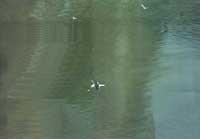
Without a doubt, many people can be surprised at just reading the title. "Do we have seabirds in Euskal Herria?" Answering this question can be a big surprise to them. And yet it is true that: Each year we can see around 33 species, both from the coast and from the boat, of which 5 reproduce among us.
Among seabirds, some are more marine than others; for example, the gabayas, the martin and the thousands are totally pelagic outside the reproductive era, but the gulls live mostly on the coast. Food is also different: although some species feed on fish, others eat mostly plankton and others can eat almost anything. In this last group we can include most seagulls, seroros, timbres and gulls. Therefore, most of the species of these families have undergone spectacular expansion in recent years, as human civilization produces tons of food they need.
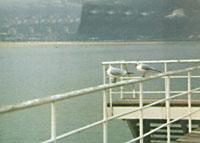
Among the ichthyophagos we can see different fishing techniques: some (gulls, for example), while they fly over the small fishes that circulate on the surface of the water; others (gabarrás and alca, for example) continue the fish until they catch them. Finally, we will mention the most spectacular technique, that of white tuna and manga: the chopped or the ditch. When the bird flies, seeing a submerged fish, it will be thrown from end to end and catch the fish.
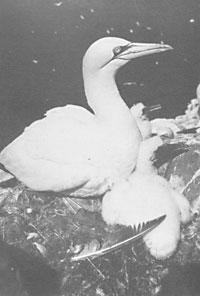
But, in most cases, the human being becomes an enemy of these planes, even if it is sometimes involuntary. Hunting, pollution, oil spills are factors that can lead to the decline of populations. The latter, above all, has led to serious situations as a result of serious accidents in Galicia and Britain. The names of "Torrey Canyon", "Amoco Cádiz", "Urkiola"... and other boats appeared in newspapers around the world, accompanied by photographs of pottorros and other dead birds. Although they have not been successful, in Euskal Herria also hundreds of seabirds die every year on the beaches, some totally petroleum. In addition, fishermen also capture thousands of specimens, although most species are protected.
All the species of the Basque Country have not been included in the accompanying photographic collection. The truth is that most have been left out, but it is a fairly representative bouquet, although there are no birds tuna or barges.
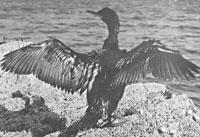
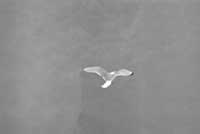
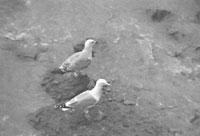
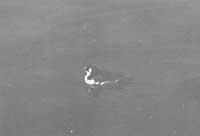
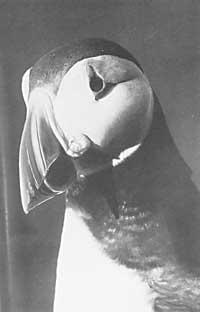
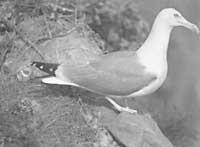
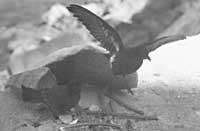
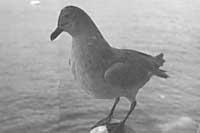
Buletina
Bidali zure helbide elektronikoa eta jaso asteroko buletina zure sarrera-ontzian











